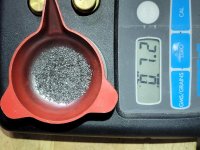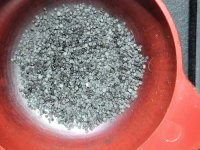Really value these discussions. Also tremendously appreciate willingness and generosity of those who test/chronograph various loads and then publicize results of their explorations.
In hunting and self-defense, many have come to rely on more compact devices and more powerful loads. Thus decrease of mass with increase of stress. This is part of useful evolution.
Contrary to that, of course there are multiple restrictions, both overt and often unstated. E.g.: revolver strength; that all loads must be calculated for the Monday morning or Friday afternoon (even modern) hardware at minimum of strength of materials and ditto workmanship; manufacturing variations in ammunitions where components, such as cases vary in "perfection"; MAP, maximum average pressure, varies according to the equipment quality, QA/QC discipline, multiple component variations; potentially poor storage that causes ingredient deterioration; all resulting in potentially disastrous equipment minimum with over the top ammunition.
Notwithstanding, many talented and disciplined reloaders (which does not include the entire spectrum of reloaders!) have long sought better results for higher performance. Intelligent discussions on the subject, such as here presently, are welcomed by many of us.
But are understandably not for a. the constitutionally cautious, a righteous and worthy group, (such as my own father), and b. never, ever, for the careless.
These views are my own, and YMMV. Reiterated thanks to those who carefully test and share results of their explorations in known-safe hardware.



